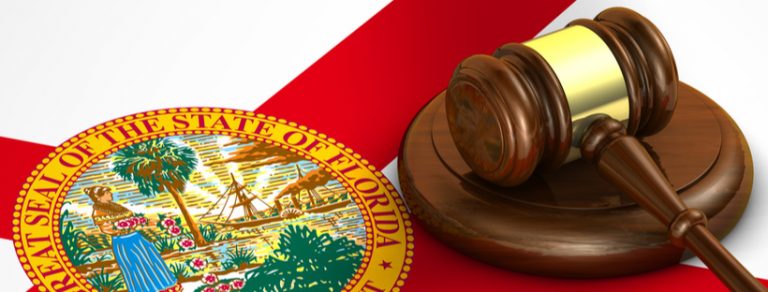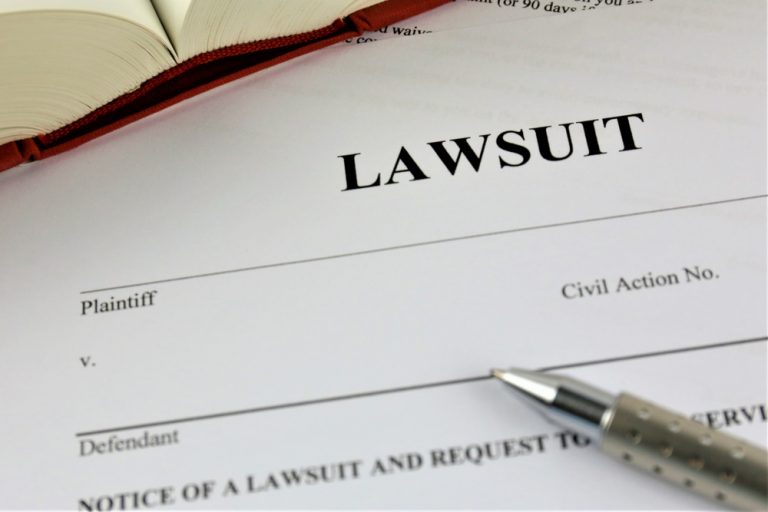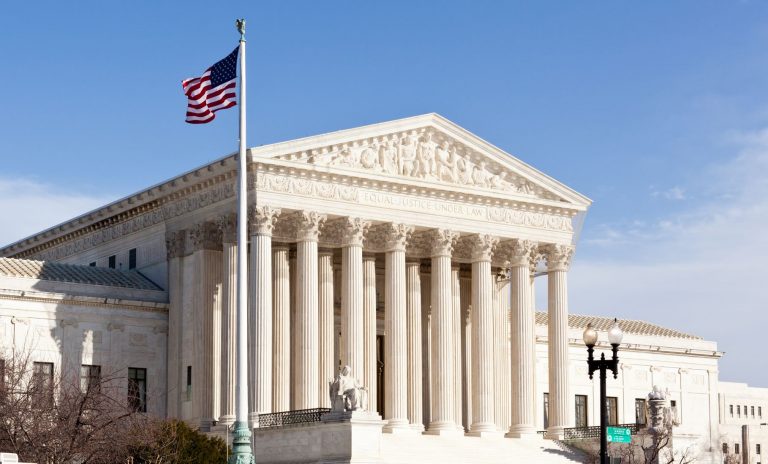U.S. Supreme Court Draws the Line: Invalidates $2.7 Million Dollar Discovery Sanction Against Manufacturer
U.S. Supreme Court Draws the Line: Invalidates $2.7 Million Dollar Discovery Sanction Against Manufacturer
On April 18, 2017, the U.S. Supreme Court made a bold and seemingly manufacturer-friendly pronouncement in overturning a federal district court judge’s $2.7 million award in sanctions against manufacturer Goodyear Tire & Rubber Company for a purported discovery violation. See Goodyear Tire & Rubber Co. v. Haeger, 137 S. Ct. 1178 (Apr. 18, 2017). The decision carries significant implications in the context of discovery violation jurisprudence as well as a curb on a district court’s inherent sanctioning authority.
By way of background, the litigation arose from the Haeger family’s action against Goodyear, alleging the failure of a Goodyear G159 tire caused the family’s motorhome to swerve off the road and flip over. Discovery in the case was contentious and lasted several years. A key issue in the contentious discovery process involved repeated requests for internal G159 tire testing, which Goodyear was persistently slow to respond to. On the first day of trial in April 2010, the parties informed the court that a settlement had been reached. Months after the settlement, the family’s lawyer discovered G159 tire testing from another lawsuit, which had not been produced in the subject litigation. The undisclosed G159 testing revealed the G159 tire “got unusually hot” at highway speeds. Id. at 1184. Goodyear conceded withholding the information despite a direct request for all testing regarding the subject model tire. Thereafter, the family sought sanctions (attorney’s fees and costs) for Goodyear’s knowing concealment, discovery fraud and bad faith litigation.
Arizona Senior District Court Judge Roslyn O. Silver found that Goodyear and its attorneys had “engaged in a ‘years-long course’ of bad-faith behavior.” Id. Exercising its inherent authority to sanction bad faith litigation, the district court awarded the Haeger family $2.7 million. Despite acknowledging that in the “usual case, sanctions ordered pursuant to a court’s inherent power to sanction litigation misconduct must be limited to the amount of legal fees caused by that misconduct[,]” Judge Silver nevertheless determined that “the sanctionable conduct r[ose] to a truly egregious level . . . . [a]nd when a litigant behaves that badly . . . all of the attorneys’ fees incurred in the case [can] be awarded . . . without any need to find a ‘causal link between [those expenses and] the sanctionable conduct.’” Id. at 1189 (alterations). In support of its award, the district court also concluded that full and timely disclosure of the withheld test results would likely have led Goodyear to settle the case much earlier.
Writing for a unanimous Court (with the exception of Justice Gorsuch who did not participate), Justice Elena Kagan stated: “A district court has broad discretion to calculate fee awards under [the bad faith litigation] standard. But because the court here granted legal fees beyond those resulting from the litigation misconduct, its award cannot stand.” Id. at 1184 (alteration). The Court emphasized that such sanctions must be compensatory rather than punitive in nature. Id. at 1186. “A sanction counts as compensatory only if it is ‘calibrate[d] to [the] damages caused by’ the bad-faith acts on which it is based. Id. (emphasis added). Not only did the Court find that the district court deviated from established standards and overstepped its inherent authority, but it also found that the Haeger family failed to establish the case would have settled had the testing been provided at the first instance or that Goodyear’s non-disclosure permeated the entire litigation as to justify an all-fees award.
This case is critically important for several reasons, which extend far beyond the facts of the case. The Supreme Court’s decision clearly delineates limitations on a district court judge’s authority to impose sanctions. The Haeger decision bolsters the causal link or but-for requirement between the alleged misconduct and the legal fees to be paid by an offending party. Moreover, the decision serves as a firm and realistic reminder to manufacturers and their counsel of the importance of carefully collecting, correlating and responding to discovery requests as well as maintaining consistency and uniformity in document production from one case to the next. The continuing duty in federal court to supplement discovery responses is also at the forefront of considerations in analyzing the facts of this case. It also highlights the potential and seemingly continual exposure for alleged discovery violations and/or failure to produce certain testing, documents or other things even post-settlement. Going forward, manufacturers and their counsel may want to consider including a clause/language waiving any post-settlement claims for discovery violations in the release and/or stipulation.









